| Sorted by date | |||
page145from Building Ideas
functional and symbolic form – is inverted
in the case of the Expo pavilions, as they have no function except to symbolize
their sponsors. This conclusion is based on the earlier definition of an
architectural sign as denoting a function, such as the example of a staircase
whose literal meaning would be the possibility of walking up it or down it. The
principal theme that emerges in Eco’s writing on architecture recalls Barthes’
idea of the “free-play” of signifiers – the interpretation of buildings can
never be controlled by the designer, just as the author cannot predetermine the
reader’s reading. Eco finally recommends that the architect must design for “variable
primary functions and open secondary functions”15, in the hope of inviting the
user’s creative engagement, or reappropriation, as Barthes had recommended with
language.
Notwithstanding
any ambiguity in the translation from language to architecture, these ideas
have had a huge influence on architectural theory. Fundamentally, this thinking
showed a new concern for the role of the interpreter, previously neglected in
the modernist emphasis on functional norms. Rather than analyzing user
requirements and letting technology take care of the rest, the 1960s saw the reappearance
of the question of meaning – a concern with how buildings were understood by
their inhabitants and the role of history in this process of interpretation. A
series of important books appeared from a variety of different sources that
addressed a similar shortcoming in mainstream modernism. This consisted of a
perceived poverty of expression in architectural form, resulting in a lack of
engagement between buildings and their users. The first of these books,
Complexity and Contradiction in Architecture, was written by Robert Venturi,
and set out to reassess the lesions of history in architecture which he felt
had been suppressed within modernism. The Architecture of the City, written by
the Italian Aldo Rossi, also appeared in 1966. In this book urban form was
considered as a series of historical layers, based on
|
|||
|
|||
|
|
|||
page144from Building Ideas
Semiotics in Architecture – The Rediscovery
of Meaning
Where does all this leave us in terms of
structuralism and the “language” of architecture? A possible connection was of
course suggested by Barthes’ use of the city as a metaphor. However, the more
specific question of the building as a system of signs related to functions was
left to the Italian writer Umberto Eco who wrote a lengthy essay on this topic.
Eco was close to the work of Barthes with hi interest in the sign-systems of
everyday life, particularly the presence of archetypal themes in the narratives
of popular culture. In a study from 1973, following the US President Nixon’s
fall from office, Eco set out an intriguing analysis of the narrative structure
of Nixon’s resignation speech. The essay was called “Strategies of Lying” and
compared the speech with the pattern of fairytale, tabulating its characters
and episodes as Lévi-Strauss
had done with the Oedipus myth.14
In
his essay devoted to buildings, “Function and Sign: The Semiotics of
Architecture”, Eco considered the more ambiguous problem of how an architectural
element “signifies” its function. He began by dividing the question into
primary and secondary functions which relate to the distinction adopted in
linguistics between denotative and connotative meanings. The former refers to
the literal meaning, or what the word denotes or “says”, whereas the latter
involves the more implicit references that are suggested by the manner of the
saying. In everyday language the denotative is dominant, such as in the communication
of facts or information, while the connotative becomes important in the case of
poetic language, where information is of secondary concern. This division,
however, oversimplifies the issues, as in reality the two categories coexist –
as language is never a truly neutral means of communication, the poetic
dimension will always intrude. Eco acknowledges this situation in another essay
on architecture, on the 1967 Expo World Fair, where he describes the pavilions
as reversing conventional functions, as the connotative takes over from the
denotative. The normal relationship between primary and secondary – or between
|
|||
|
|||
|
|
|||
page143from Building Ideas
This implies that each act of speech is in
some sense a repetition – that our words have always been spoken before us, and
that language speaks “through us”, as even Heidegger had suggested.
Barthes’
thinking, however, is based on Saussure’s idea of the arbitrariness of the
sign, which allows the notion of the “free-play” of meaning to disrupt such “totalizing”
discourses as “reason, science and law”.12 It is here that Barthes is echoing a
major theme in deconstruction, one that Derrida had already instigated in Of
Grammatology in 1967. As Barthes describes it in the same essay, with the
emphasis again on syntactic “structures”:
In
the multiplicity of writing, everything is to be disentangled, nothing
deciphered; the structure can be followed, ‘run’(like the thread of a stocking)
at every point and at every level, but there is nothing beneath: the space of
writing is to ranged over, not pierced; writing ceaselessly posits meaning
ceaselessly to evaporate it, carrying out a systematic exemption of meaning.13
For
Barthes it seemed that a deterministic structuralism could itself become just
another myth and he wished to question its restrictive assumptions, such as its
reliance on binary oppositions. This theme extends into deconstruction as part
of what we now refer to as post-structuralist thinking, which builds on, rather
than dismisses, the earlier philosophy – contrary to what the misleading label
suggests. Other fields in which structuralism has found favour are touched on
in Chapter 5 of this book, including two of Lévi-Strauss’ “three mistresses” – Marxism and
psychoanalysis.
|
|||
|
|||
|
|
|||
page142from Building Ideas
sign must be part of a system, he
considered all objects equally worthy of this kind of meticulous textual
analysis. Barthes’ idea that we are always somehow locked within various
networks of representation anticipated Derrida’s famous notion that there is “nothing
outside the text”. Barthes provided a demonstration of the importance of these
cultural “texts” – including works of architecture – and he tried to describe
in his later writings the tools by which these texts could be “read”. As he
described in his essay on cities, given as a lecture in 1967:
Here
we rediscover Victor Hugo’s old intuition: the city is a writing. He who moves
about the city, e.g. the user of the city (what we all are), is a kind of
reader who, following his obligations and his movements, appropriates fragments
of the utterance in order to actualize them in secret.10
This
dynamic engagement with the city, which he compared with the reading of
modernist literature, provided a mechanism by which Barthes claimed it was
possible to counteract society’s myths. One of those he set out to attack was
the literary opposition between reader and author, where the writer is the “creator”
of meanings that the passive reader merely receives and deciphers. As the city
is a collage of fragments, so too was writing in the modernist sense, and
Barthes saw the enlightened reader as a dynamic agent in the interpretation
process. In his famous essay “The Death of the Author”, written in 1968, he
describes the “instability” of meaning that results:
We
know now that a text is not a line of words releasing a single ‘theological’
meaning (the message of the Author-God) but a multidimensional space in which a
variety of writings, none of them original, blend and clash. The text is a
tissue of quotations drawn from the innumerable centres of culture.11
|
|||
|
|||
|
|
|||
page141from Building Ideas
reading with the alternative “systematic”
(or categorical) approach.8 The gridded structure that Barthes makes use of
here was often adopted by Lévi-Strauss, particularly for the complex analysis of mythemes in his
later work on the science, or “logics”, of myth.
Barthes,
however, by contrast with Lévi-Strauss, used the term “myth” to refer to “ideology” which he saw
as a way of distorting meaning in favour of a dominant political or economic
power. The thinking behind this process of distortion will be dealt with more
fully in Chapter 5, but for now it is important to recognize that Barthes also
had another agenda – questioning the deterministic principle of Lévi-Strauss’ linguistic model.
Barthes does this be returning to the nature of the sign and the arbitrary
attachment between signifier and signified, thereby challenging the inference
in Lévi-Strauss’
work that culture should be seen as a “static” system. If signs are agreed on
by convention then Barthes claims they must be capable of change, and therefore
to neglect the historical dimension of language leads to the confusion of
nature and culture. As he wrote in his collection of essays, Mythologies(1957):
The
starting point of these reflections was usually a feeling of impatience at the
sight of the ‘naturalness’ with which newspapers, art and commonsense
constantly dress up a reality which, even though it is the one we live in, is
undoubtedly determined by history … I resented seeing Nature and History
confused at every turn, and I wanted to track down, in the decorative display
of what-goes-without-saying, the ideological abuse which, in my view, is hidden
there.9
Reflecting
on matters as divergent as a wrestling match, Elle magazine, a plastics
exhibition and the new Critröen DS, Barthes was constantly on the lookout for
the political undercurrents in everyday experience. On the principle that every
object is a sign and that every
|
|||
|
|||
|
|
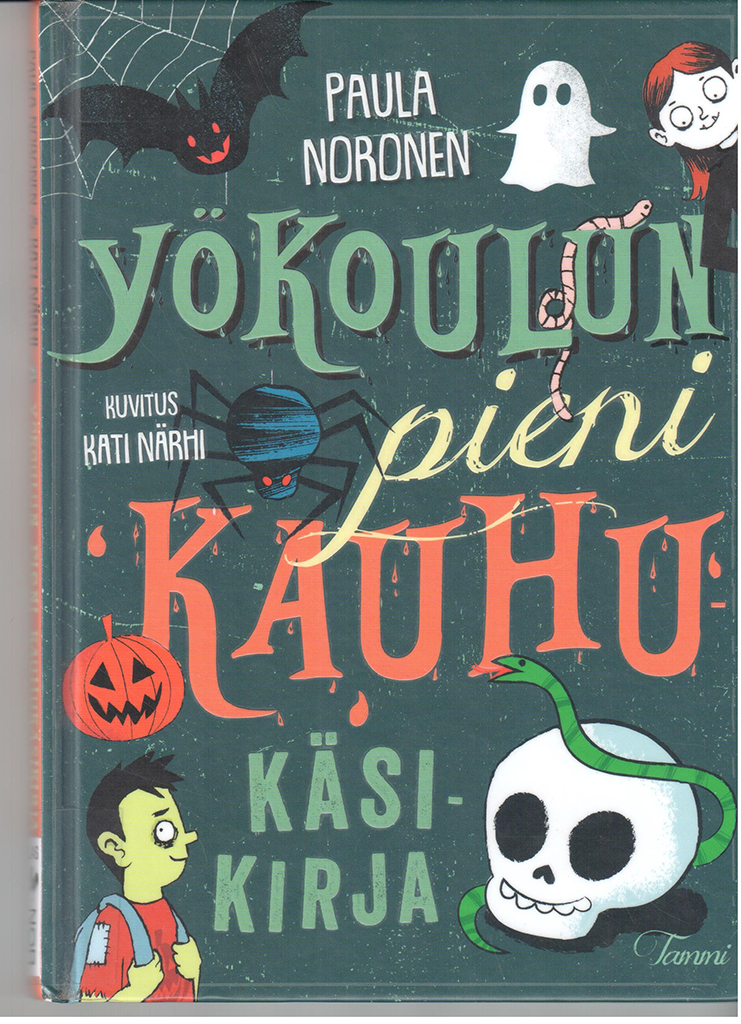 ... ...
... ... ... ...
... ... ... ...
... ...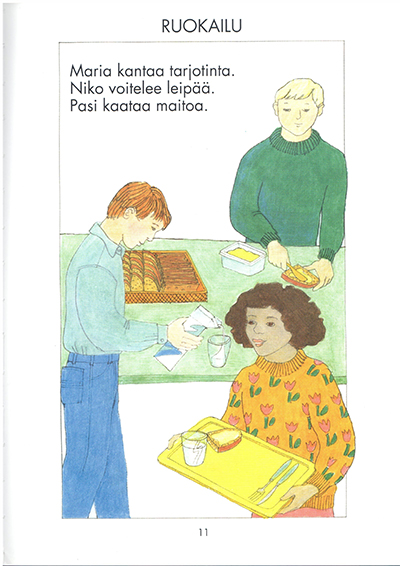 ... ...
... ... ... ...
... ...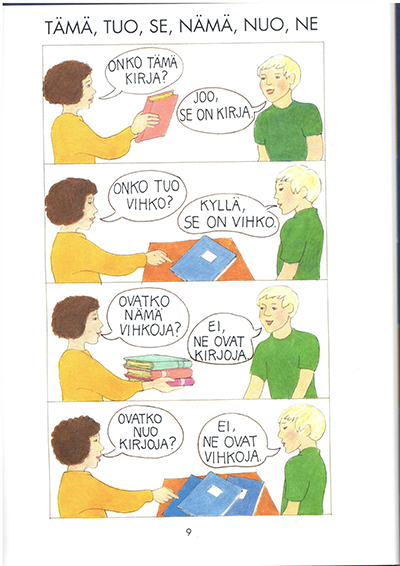 ... ...
... ...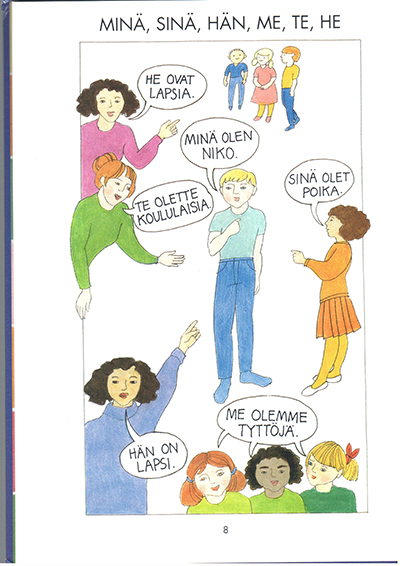 ... ...
... ...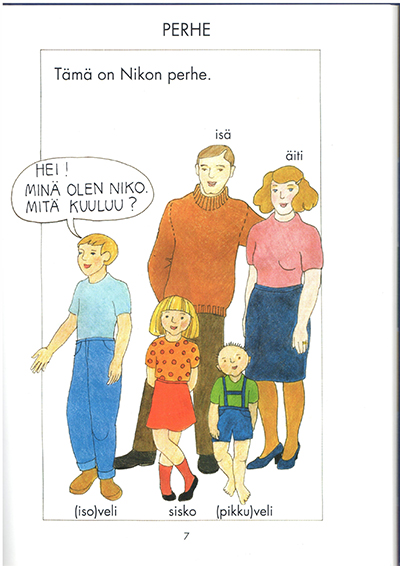 ... ...
... ... ... ...
... ...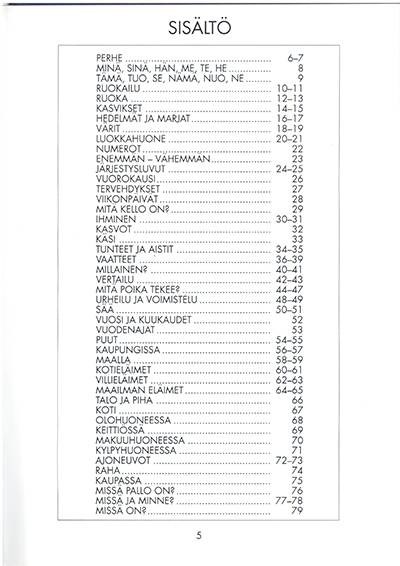 ... ...
... ... ... ...
... ... ... ...
... ...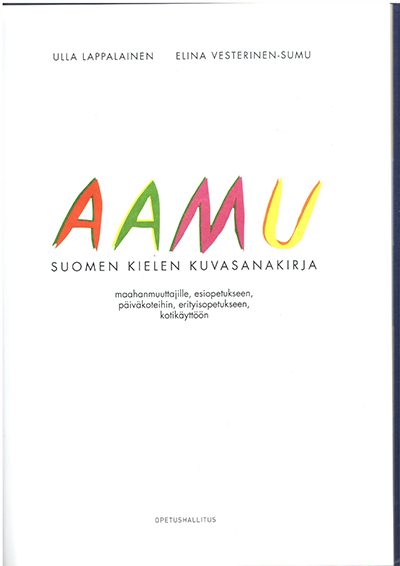 ... ...
... ...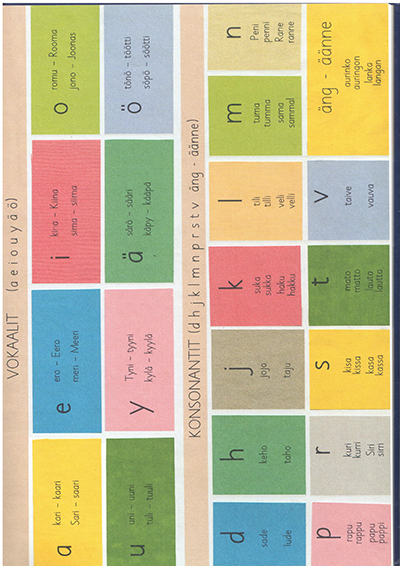 ... ...
... ...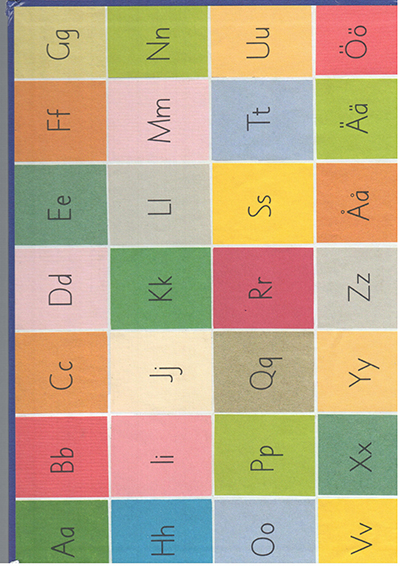 ... ...
... ...